Georgian Furniture Style Guide

The Georgian Era: A Golden Age of Furniture Design
The Georgian period (1714-1830) represents one of the most influential eras in 18th Century furniture history. This guide explores the masterful craftsmanship and distinctive styles that continue to captivate collectors of antique Georgian furniture today.
The Three Great Masters
Thomas Chippendale (1718-1779)
Style: Rococo influences with Chinese and Gothic elements
Key Features: Elaborate carved details, ribbon-back chairs, mahogany construction, ornate mirror frames
Robert Adam (1728-1792)
Style: Neo-Classical furniture elegance with architectural precision
Key Features: Classical motifs (urns, swags, medallions), delicate proportions, painted and gilded finishes
Thomas Sheraton (1751-1806)
Style: Refined Neo-Classical late Georgian furniture with functional innovation
Key Features: Straight lines, geometric forms, inlay work and marquetry, innovative mechanical features
Evolution of Georgian Style
Early Georgian (1714-1750)
Baroque Influence: Heavy, ornate antique English furniture pieces with bold curves figured walnut and rich mahogany. Furniture as status symbols.
Mid-Georgian (1750-1780)
Rococo & Chinese Chippendale: Lighter, playful designs with asymmetrical decoration and Chinese motifs. Mahogany dominated this period.
Late Georgian (1780-1830)
Neo-Classical Refinement: Clean lines, classical proportions, sophisticated inlay work and the introduction of new exotic veneers and timber.
Collector's Guide
What to Look For:
- Construction: Dovetail joints, hand-cut mortise and tenon
- Wood: Primary mahogany with period-appropriate secondary woods
- Hardware: Original brass fittings with appropriate wear patterns
- Proportions: Balanced, harmonious relationships between elements
Care & Maintenance
- Maintain stable humidity levels (45-55%)
- Avoid direct sunlight and heat sources
- Use appropriate wax finishes
- Seek professional restoration when needed
Discover Timeless Elegance
Georgian furniture represents the pinnacle of 18th-century craftsmanship. Whether you're a seasoned collector or just beginning to appreciate antique furniture, these pieces offer enduring beauty and investment potential.




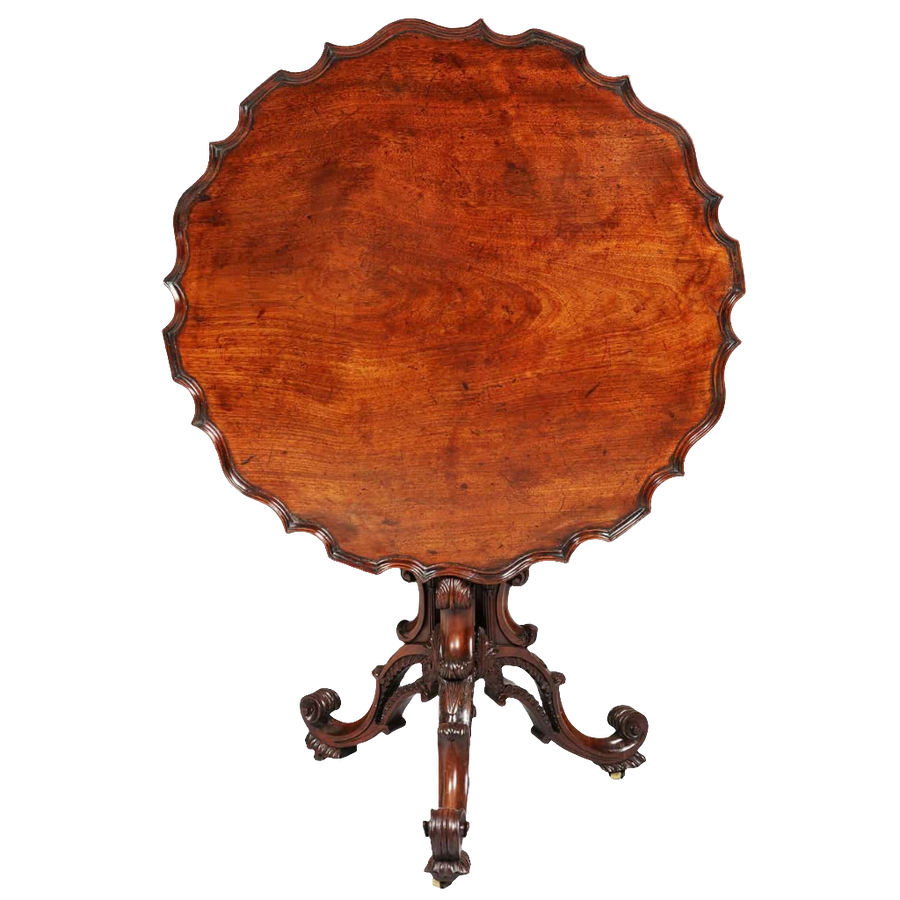
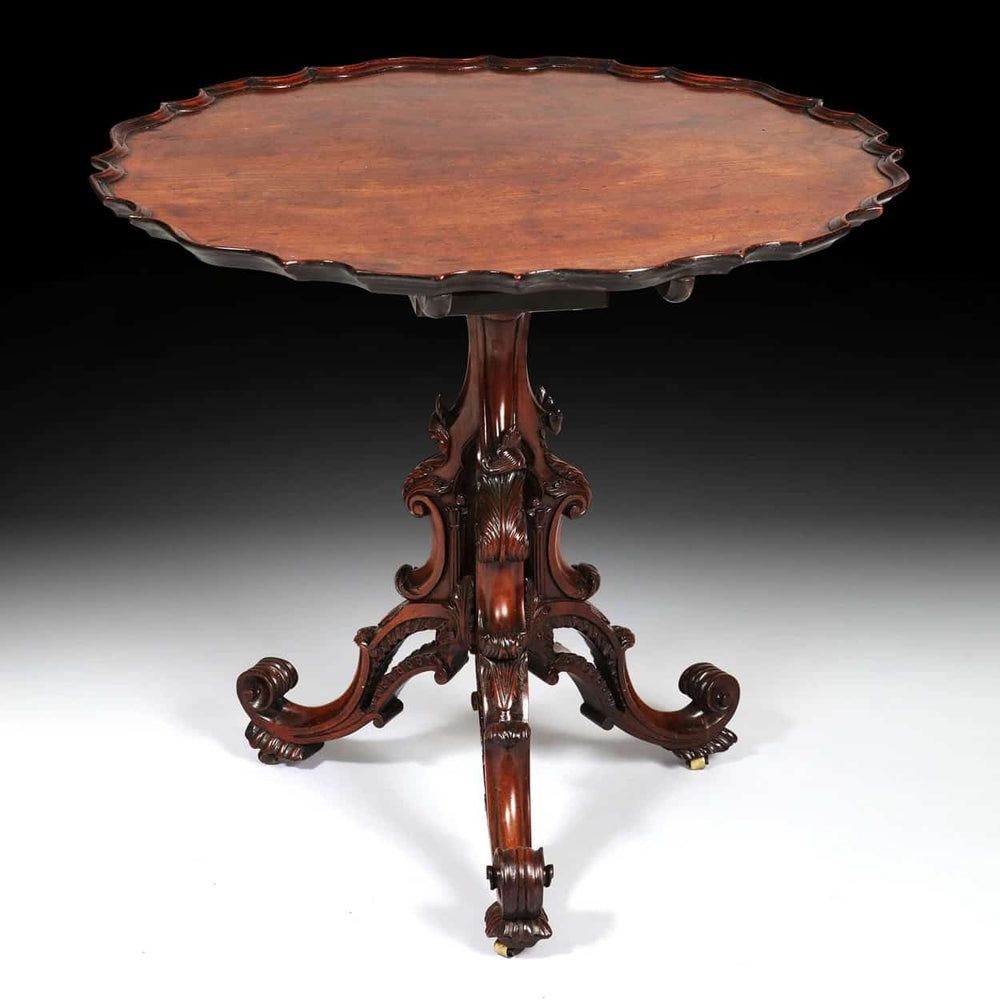
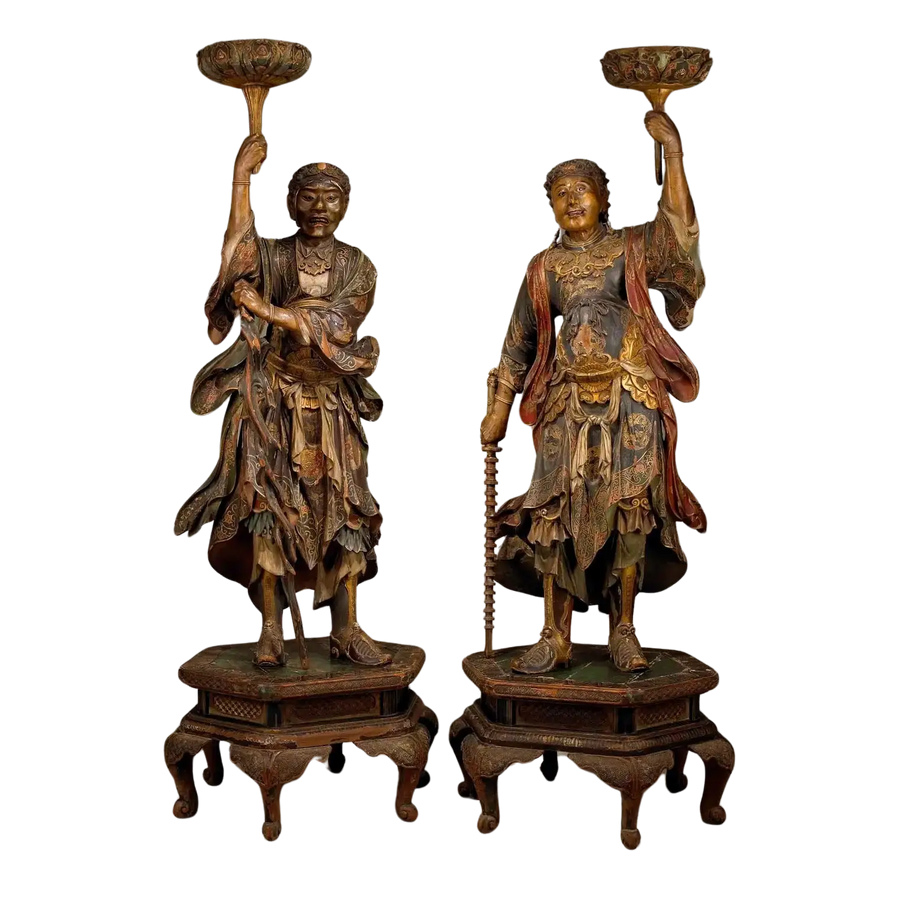
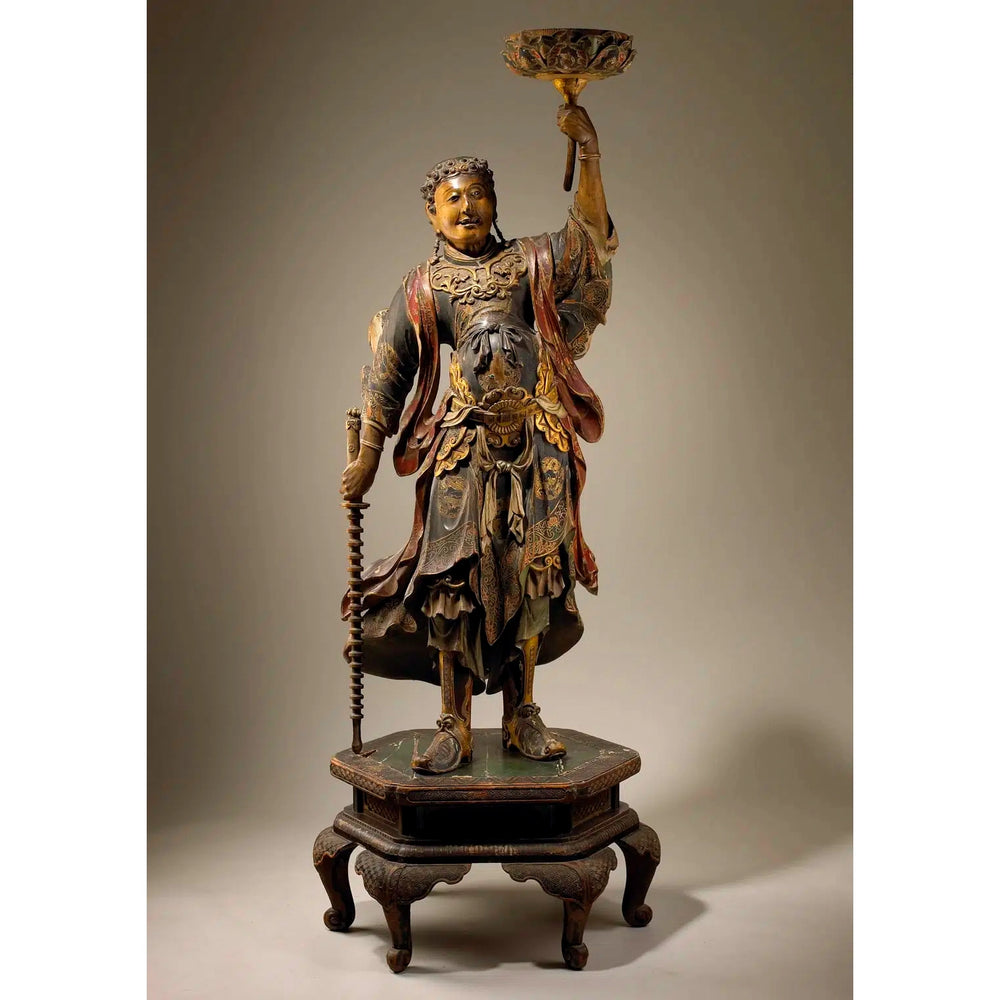
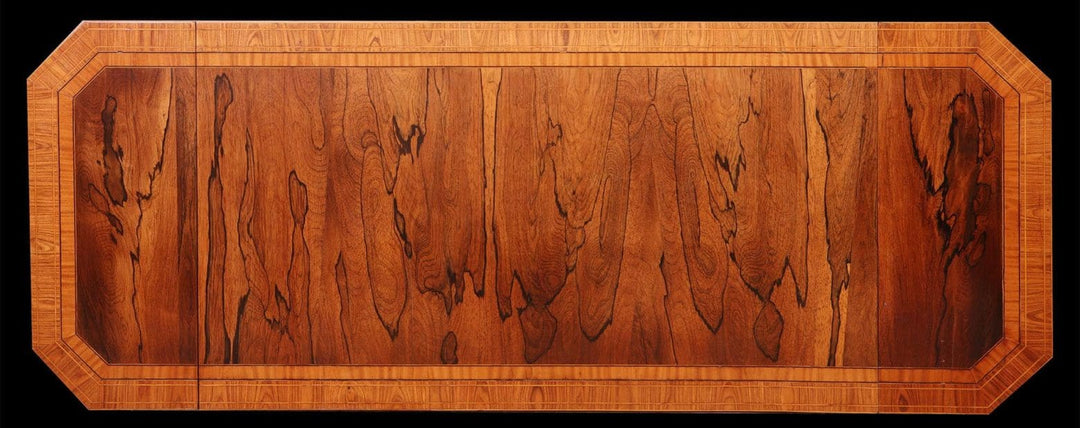


Leave a comment